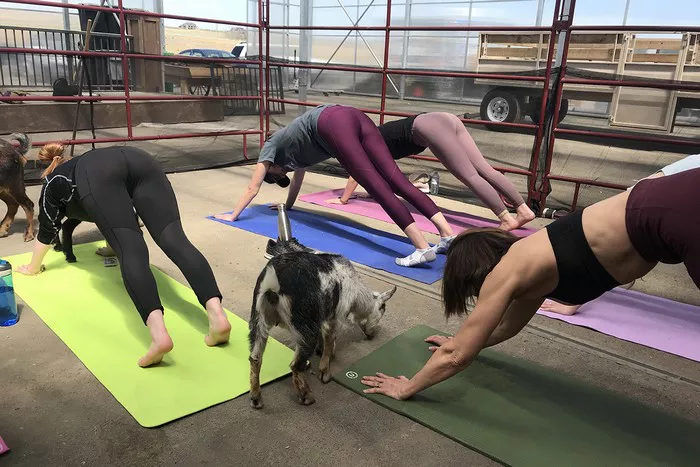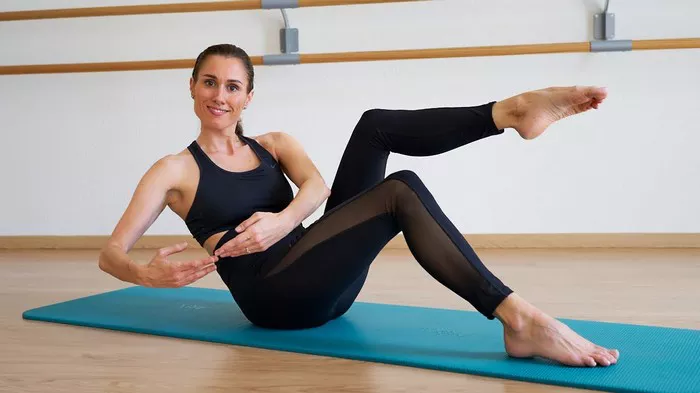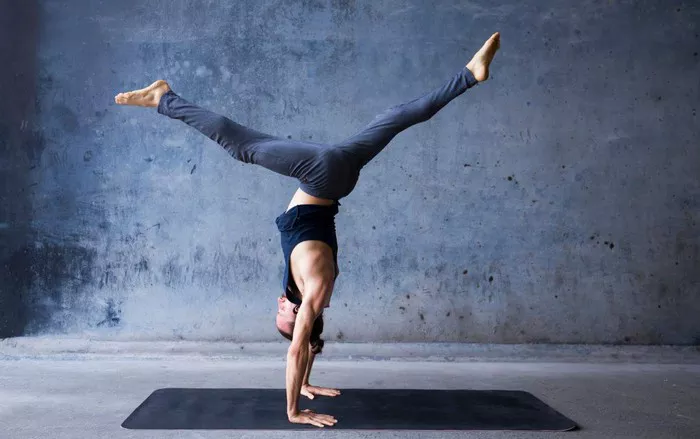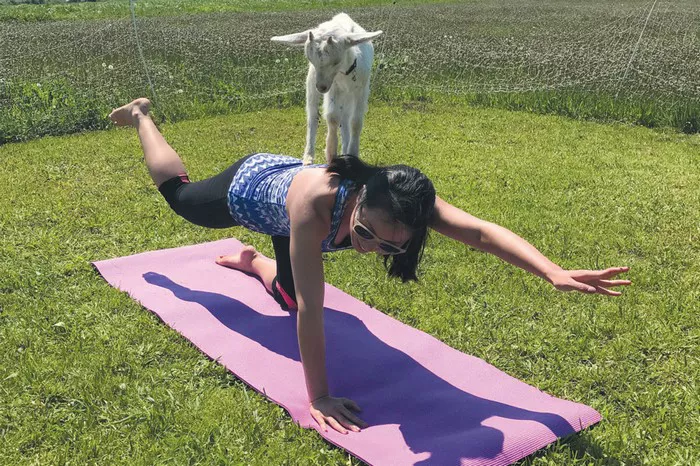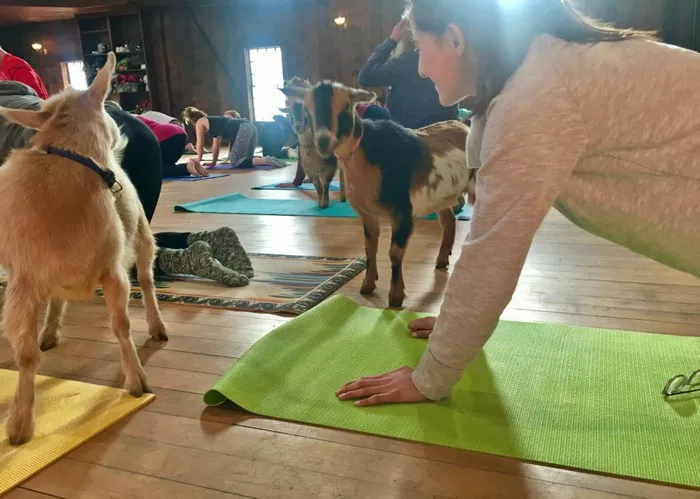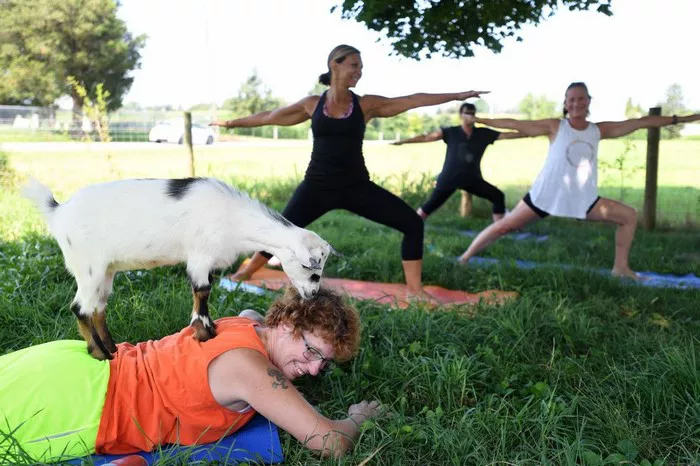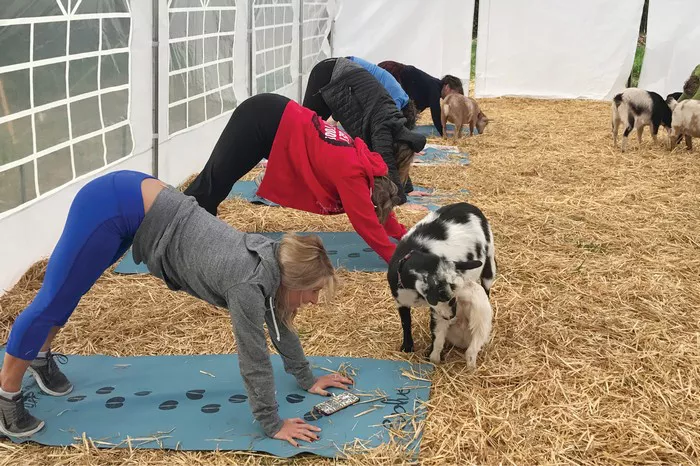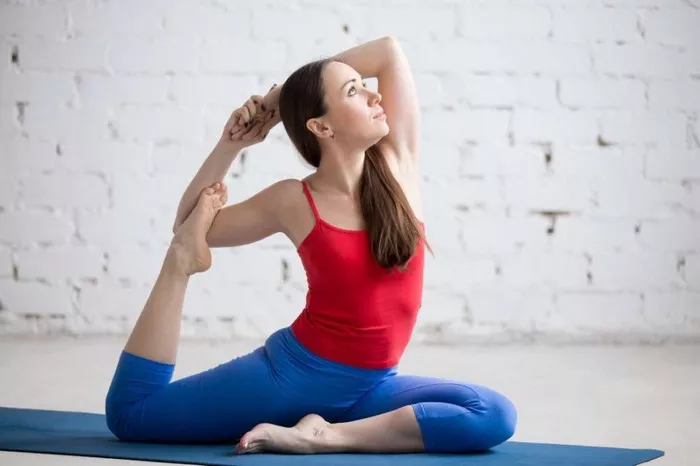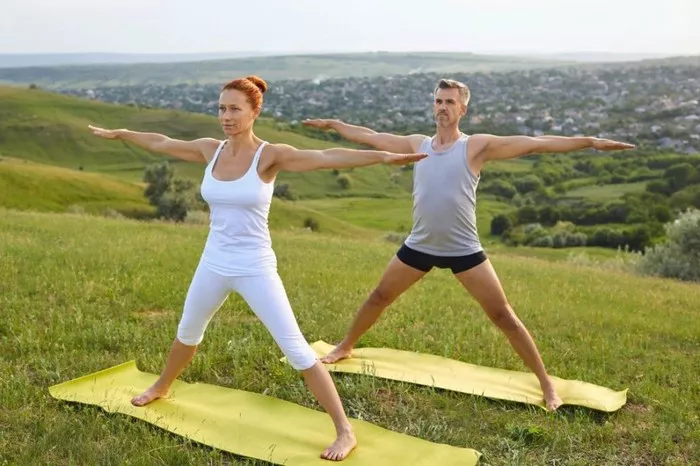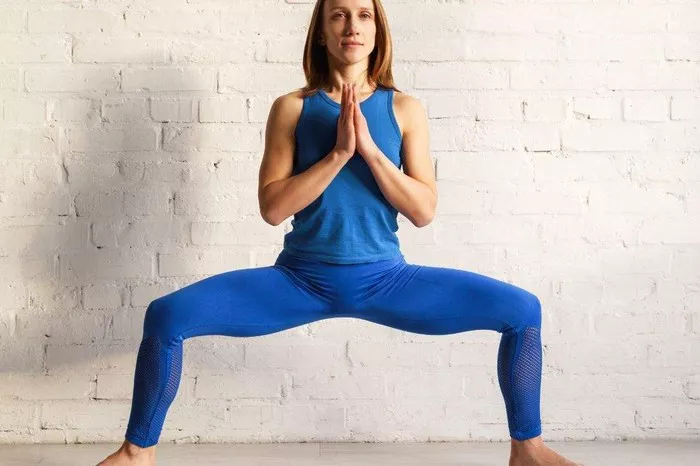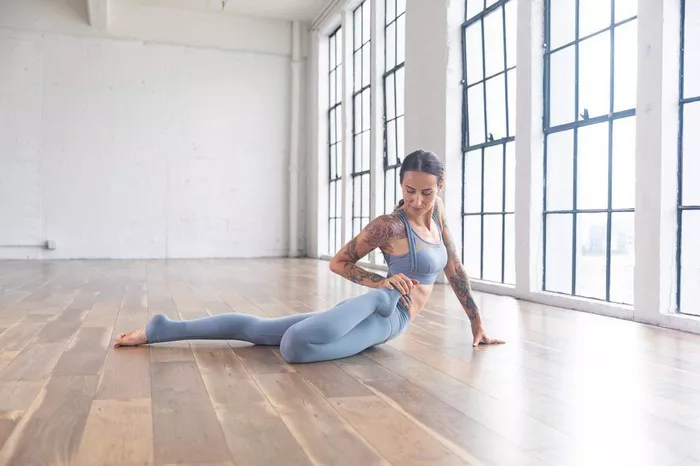The Dancer Pose, also known as Natarajasana (pronounced na-ta-raj-as-uh-nuh), is a captivating and graceful yoga posture that embodies balance, strength, flexibility, and focus. This pose is named after Nataraja, a manifestation of the Hindu god Shiva as the cosmic dancer. In the Dancer Pose, the practitioner mimics the movements of a dancer, embodying a sense of freedom and fluidity in their practice. It is a standing balance pose that combines elements of both a backbend and a stretching pose, requiring strength, flexibility, and concentration to maintain proper form.
Whether you are an experienced yogi or a beginner, the Dancer Pose offers a wide range of benefits, physically, mentally, and spiritually. In this article, we will delve into the various aspects of the Dancer Pose and explain why it’s such a valuable addition to any yoga practice. We will explore the physical benefits, the mental and emotional advantages, and the specific techniques to perform the pose correctly, so you can make the most out of your practice.
Physical Benefits of Dancer Pose
Improves Flexibility
The Dancer Pose is an excellent stretch for the quadriceps, hip flexors, spine, shoulders, and chest. When you reach for your foot and extend the opposite leg behind you, you activate and lengthen several muscle groups, which helps increase flexibility. This dynamic stretch is particularly beneficial for individuals who sit for long periods during the day or those looking to enhance their overall range of motion.
In particular, the quadriceps and hip flexors are commonly tight in people who have sedentary lifestyles. Regularly practicing Natarajasana can help loosen these muscle groups, preventing stiffness and improving mobility. The stretch across the shoulders and chest also helps counteract the forward-rolling shoulders often caused by prolonged sitting or desk work.
Enhances Balance and Coordination
As a standing balance pose, the Dancer Pose challenges the body to stabilize itself while in a compromised position. This requires not only the strength to hold the pose but also the activation of various stabilizing muscles in the core, legs, and hips. The more you practice Dancer Pose, the better you will become at coordinating your movements, which translates into improved balance and proprioception (awareness of your body in space).
By engaging your core and focusing on a fixed point in front of you (known as drishti), the Dancer Pose teaches you how to center yourself in a physically demanding position. Over time, this enhanced balance will extend to other areas of your life, both on and off the mat.
Strengthens the Core, Legs, and Back
The Dancer Pose activates multiple muscle groups in the body. In particular, it engages the core, quadriceps, hamstrings, and lower back muscles, all of which are essential for maintaining posture and stability during the pose. As you kick your foot behind you while balancing on one leg, the quadriceps and hip flexors work hard to maintain stability, and the core muscles contract to keep the torso lifted and balanced.
Additionally, the backbend aspect of the pose helps strengthen the spinal extensors and lower back muscles, which are essential for supporting a healthy spine. By regularly practicing the Dancer Pose, you can improve overall muscle tone, build strength in key areas, and enhance your posture, especially in the back and core.
Opens the Hips and Chest
One of the unique benefits of the Dancer Pose is its ability to open the hips and chest simultaneously. When you extend one leg behind you and reach for the foot with your hands, you create an open stretch across the front of the body. This can help improve flexibility in the hips, which is particularly beneficial for those who experience tightness in this area.
The chest opening that occurs as you lift your torso also helps counteract the effects of slouching or rounded shoulders, which are common in individuals who spend a lot of time sitting or hunched over. This chest opener encourages a deep, expansive breath, and helps relieve tension in the upper body.
Boosts Circulation and Blood Flow
The Dancer Pose stimulates circulation throughout the body, particularly in the legs, feet, and spine. The dynamic movement of the leg behind the body increases blood flow to the lower limbs, helping to keep the legs energized and nourished. Meanwhile, the backbend promotes better circulation to the chest and lungs, allowing for deeper breathing and improved oxygenation of the body.
This increased circulation can help reduce the feeling of stiffness, especially after periods of inactivity, and promotes overall vitality.
Mental and Emotional Benefits of Dancer Pose
Improves Focus and Concentration
Dancer Pose is not just about physical strength and flexibility—it also requires mental clarity and focus. Balancing on one leg while holding the extended backbend demands intense concentration. This practice can help quiet the mind and sharpen focus, as you must direct your attention to the sensations in your body, the breath, and the focal point in front of you.
By regularly practicing Dancer Pose, you can train your mind to stay present and focused, which can benefit you in all aspects of life. It cultivates mindfulness, helping you become more aware of your body’s sensations, thoughts, and emotions, allowing you to respond more thoughtfully and calmly to daily challenges.
Boosts Self-Confidence and Body Awareness
Dancer Pose is a beautiful and graceful posture that requires strength and flexibility. Successfully holding the pose can instill a sense of accomplishment and boost self-confidence. As you practice, you will become more attuned to your body’s capabilities and limitations, and over time, you will notice improvement. This increased self-awareness helps build a sense of body positivity, as you appreciate the progress you make both physically and mentally.
The strength and grace required for Dancer Pose also enhance a feeling of empowerment. As you embody the posture, you may experience a sense of freedom, expression, and confidence—just like a dancer performing on stage.
Relieves Stress and Anxiety
The Dancer Pose can also act as a powerful tool for stress relief. As a dynamic and engaging pose, it encourages the body to move fluidly, while the deep focus required helps to calm the mind and reduce anxiety. Additionally, the gentle backbend opens the chest and heart, which can help release emotional tension and create a sense of emotional openness.
By practicing Dancer Pose in a mindful manner, you can activate the parasympathetic nervous system (the “rest and digest” system), which promotes relaxation and emotional calm. This can be particularly beneficial for those dealing with the pressures of daily life, allowing you to release pent-up stress and leave the practice feeling rejuvenated and at ease.
How to Perform Dancer Pose Correctly
Performing Dancer Pose correctly requires a combination of strength, flexibility, and balance. Follow these steps for a proper alignment and a safe practice:
Start in Mountain Pose (Tadasana): Begin by standing tall with your feet together, arms by your sides, and your weight evenly distributed. Engage your core, lift your chest, and find your center of balance.
Shift your weight to one leg: As you prepare to enter the pose, transfer your weight to one leg (usually the left leg), grounding down through the foot and finding balance.
Lift your opposite leg: Bend your right knee and bring the right foot toward your glutes. Reach back with your right hand to grasp the inside or outside of your right foot, depending on your flexibility.
Lift the chest and extend the back: As you hold the foot with your right hand, engage your core and lift your chest, extending your spine upward. Keep your standing leg straight and strong, and maintain your balance.
Reach your left arm forward: Extend your left arm straight in front of you, keeping it parallel to the floor. This helps with balance and creates the graceful, dancer-like posture.
Extend the right leg and back: Begin to kick your right leg back while simultaneously lifting your chest and torso. Your right leg should extend straight behind you, and your chest should lift away from your standing leg. The gaze should be focused forward or slightly up, depending on what feels most comfortable for you.
Hold the pose: Stay in the pose for 5 to 10 breaths, maintaining a steady focus and an open chest. To come out of the pose, slowly lower your lifted leg and return to Mountain Pose, then repeat on the other side.
Conclusion
The Dancer Pose is a beautiful and dynamic yoga posture that offers a multitude of benefits for both the body and the mind. From improving flexibility and balance to strengthening muscles and boosting mental focus, Natarajasana is an essential pose for yogis of all levels. Additionally, its ability to promote emotional release, increase self-confidence, and reduce stress makes it a powerful tool for cultivating overall well-being.
By regularly practicing Dancer Pose, you not only enhance your physical abilities but also develop a deeper connection with yourself, your body, and your breath. As you continue to refine your practice, you will notice how the benefits extend beyond the mat, helping you navigate life’s challenges with greater grace and strength. So, whether you’re looking to improve flexibility, cultivate mindfulness, or simply enjoy the beauty of movement, the Dancer Pose offers something for everyone.
Related topics:


